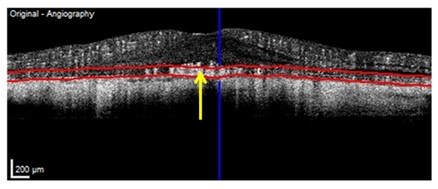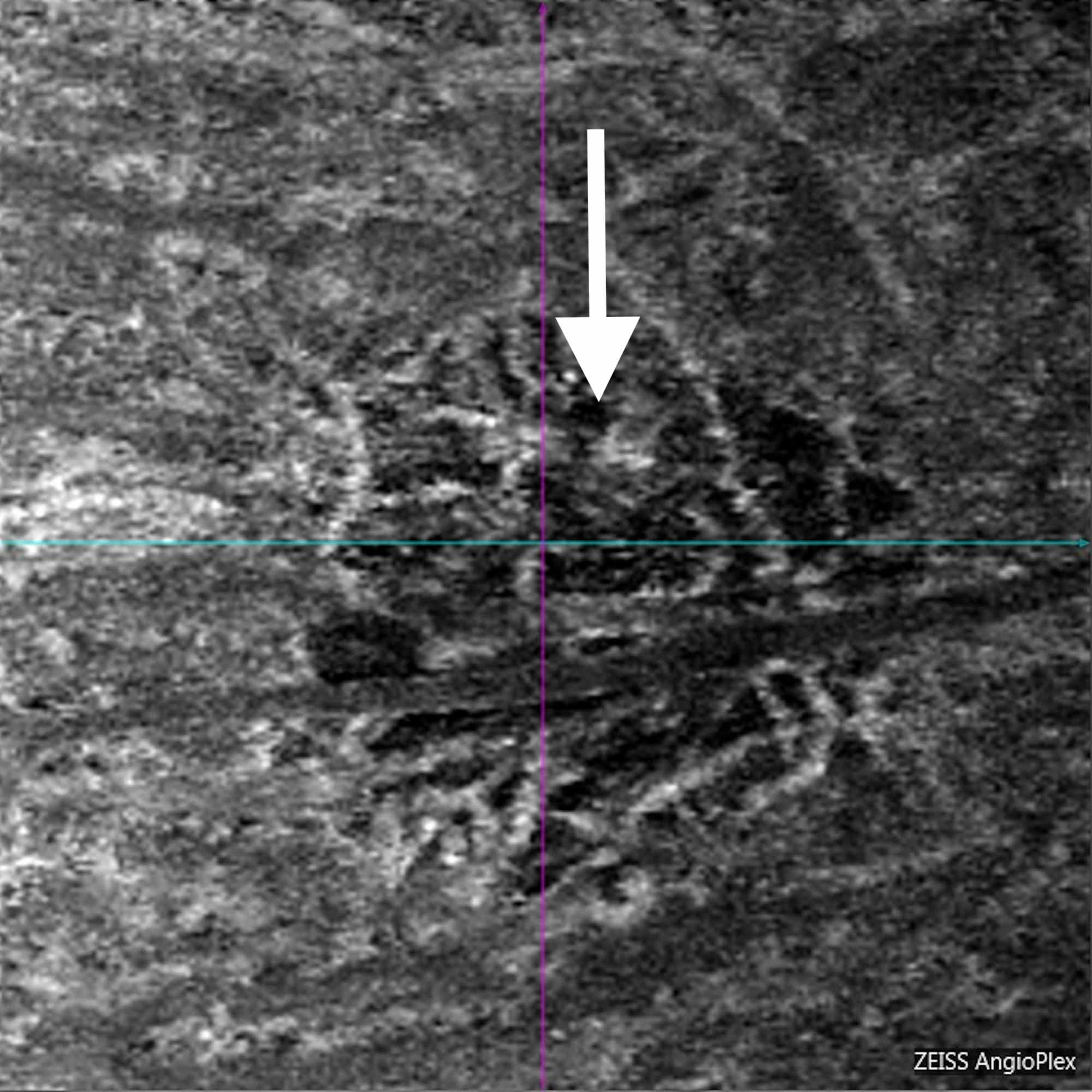
Patients ≥18 years old scheduled for PCI of native coronary arteries were eligible for inclusion. The data that support the findings of this study are available from the corresponding author upon reasonable request. The Institution’s ethics committee approved the study protocol, and all subjects gave informed consent. An independent contract research organization (Cardiovascular Research Center, Sao Paulo, Brazil) performed core laboratory analyzes of all angiograms, IVUS, and OCT images, data management, clinical events adjudication, and statistics. iSIGHT is a physician’s initiative study with no external sources of funding or any involvement from industry.

#Optical coherence tomography angiography trial#
ISIGHT (Optical Coherence Tomography Versus Intravascular Ultrasound and Angiography to Guide Percutaneous Coronary Interventions) is a prospective, randomized, active-controlled, noninferiority trial performed in a single-center, comparing PCI results after guidance by OCT, IVUS, and angiography. Additionally, we evaluate the superiority of both imaging modalities against an optimized strategy based on angiography that applies concepts learned from intravascular imaging. We test the noninferiority of this approach against a predefined IVUS-guided strategy of stent expansion. In the present study, we present a stepwise OCT guidance algorithm based on the EEM diameter at the reference segments that consider vessel tapering. To this date, ILUMIEN III (OPTIMIZE PCI Optical Coherence Tomography Compared to Intravascular Ultrasound and Angiography to Guide Coronary Stent Implantation: A Multicenter Randomized Trial in Percutaneous Coronary Intervention) 8 is the only study to offer a dedicated algorithm for the use of OCT to guide PCI according to The EEM. 6, 7 Limited OCT penetration at the lesion site was credited as the impossibility to size stents to the EEM by OCT. This led operators choose smaller devices and obtain smaller post-PCI MSA as compared to stents sized by the external elastic membrane (EEM) with IVUS. 4, 5Įarly OCT experience used reference lumen dimensions to size stent diameters. Optical coherence tomography (OCT) produces high-resolution images of coronary arteries with accurate automated quantification of vessel lumen dimensions and higher sensitivity in identifying plaque characteristics and morphology, and post-PCI findings. 1, 2 Nonetheless, IVUS adoption in clinical practice remains limited.

The mechanism via which IVUS leads to superior outcomes is believed to be centered around accurate vessel sizing with a higher frequency of stent postdilatation, leading to larger minimal stent area (MSA) and lower rates of geographic miss. Customer Service and Ordering InformationĮvidence from observational studies, randomized trials, and meta-analyses suggests that intravascular ultrasound (IVUS) guidance of percutaneous coronary intervention (PCI) leads to better procedural results and superior long-term clinical outcomes when compared with PCI guided by angiography alone.About Circ: Cardiovascular Interventions.Stroke: Vascular and Interventional Neurology.Journal of the American Heart Association (JAHA).Circ: Cardiovascular Quality & Outcomes.

Arteriosclerosis, Thrombosis, and Vascular Biology (ATVB).


 0 kommentar(er)
0 kommentar(er)
